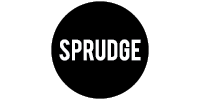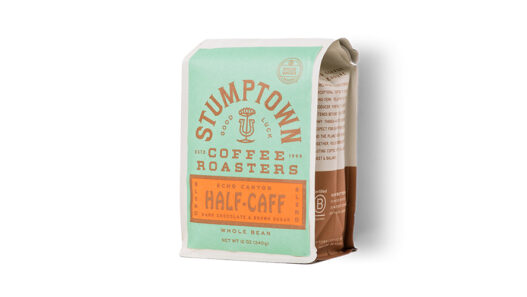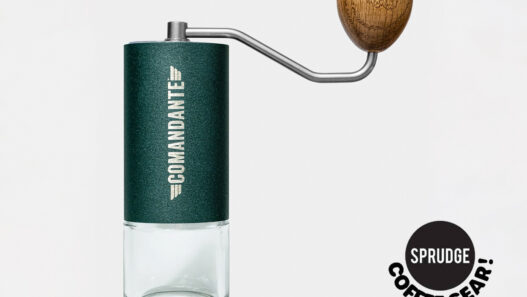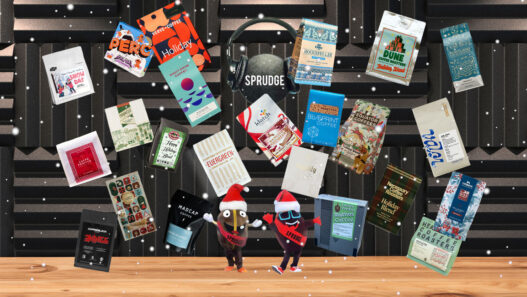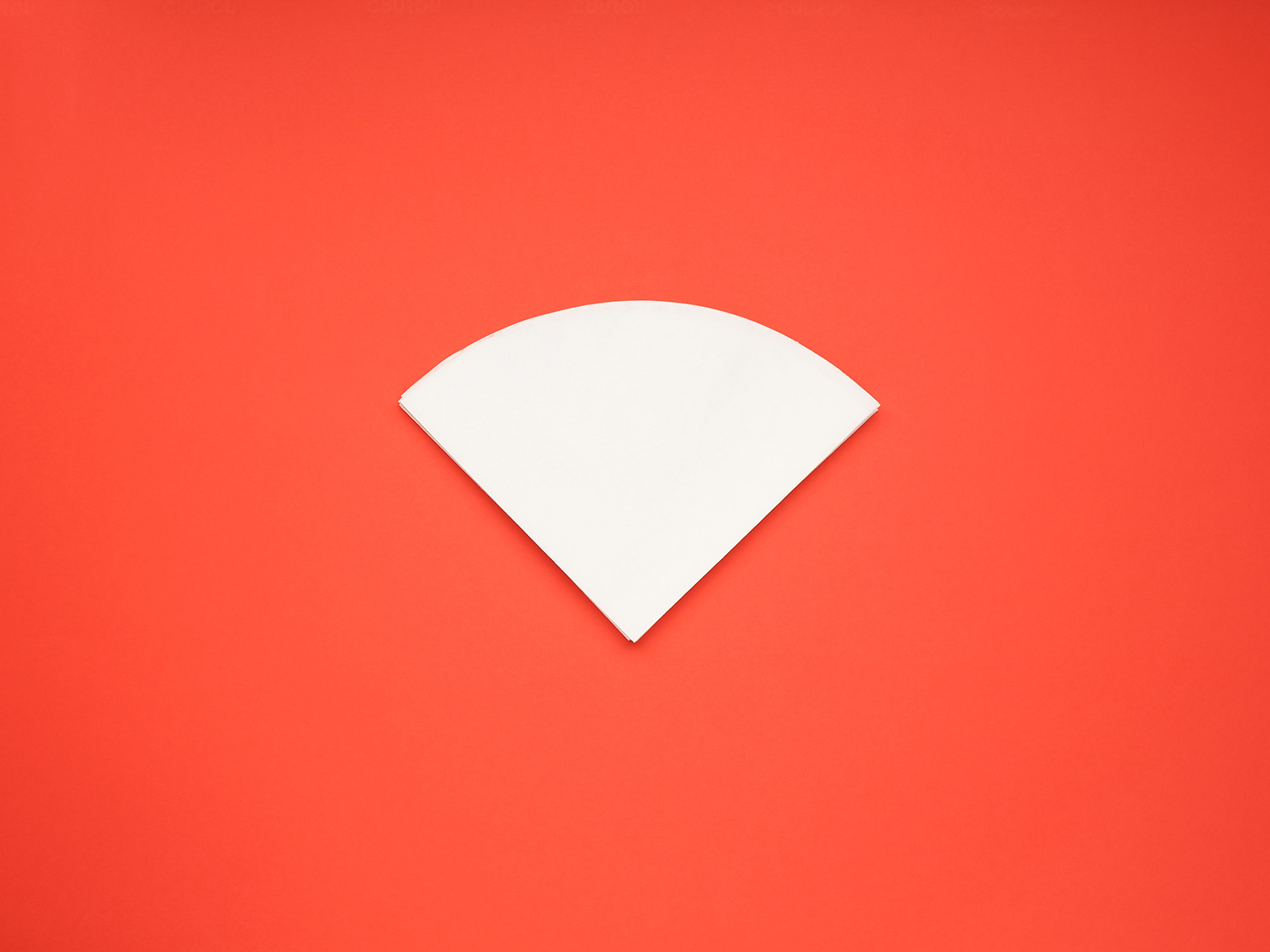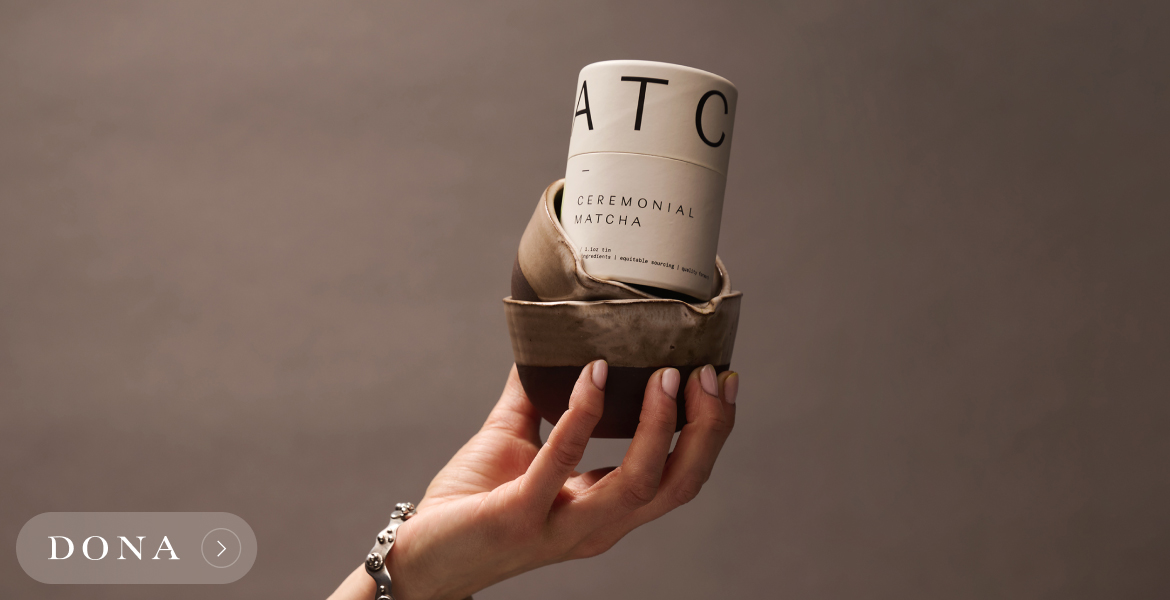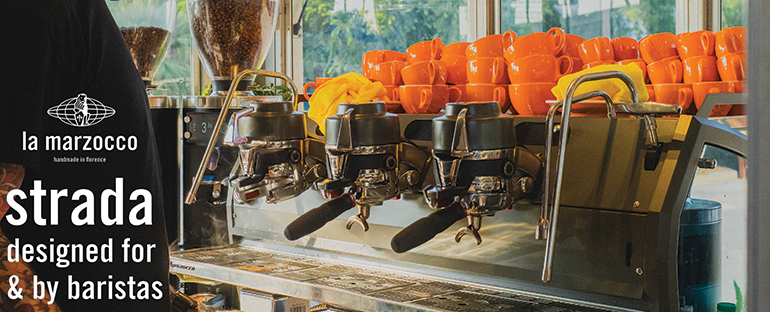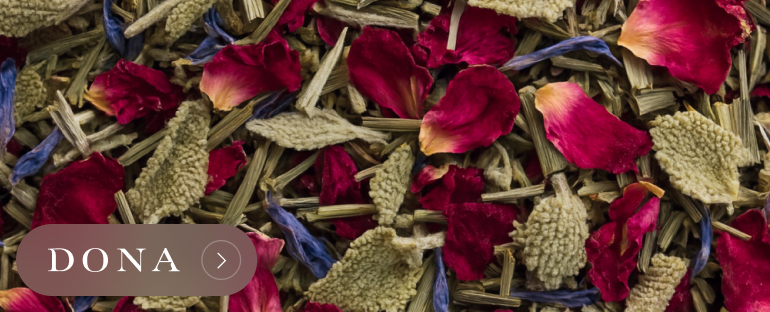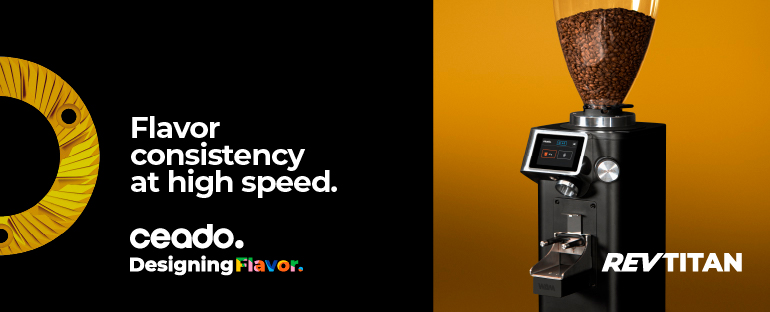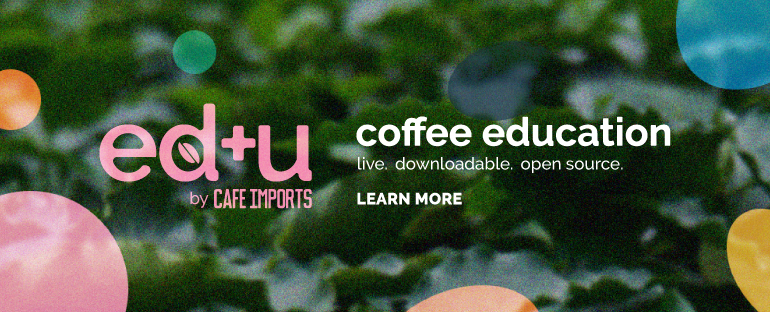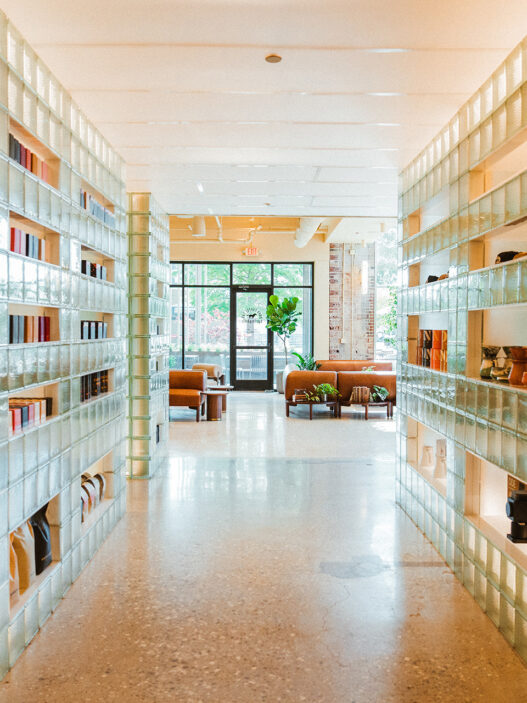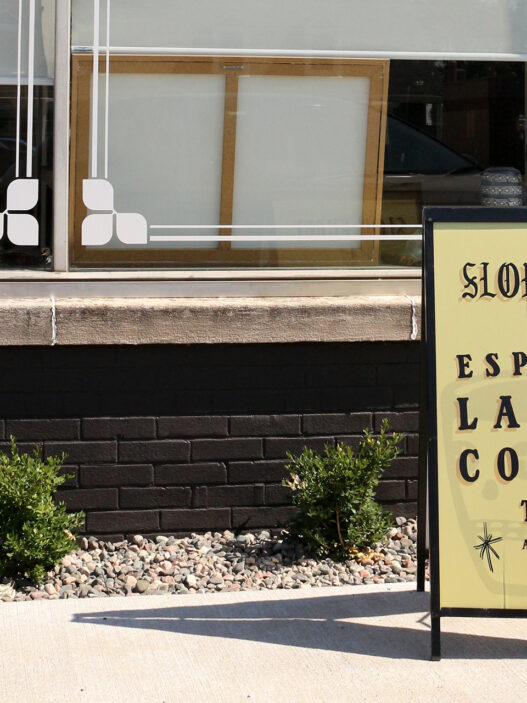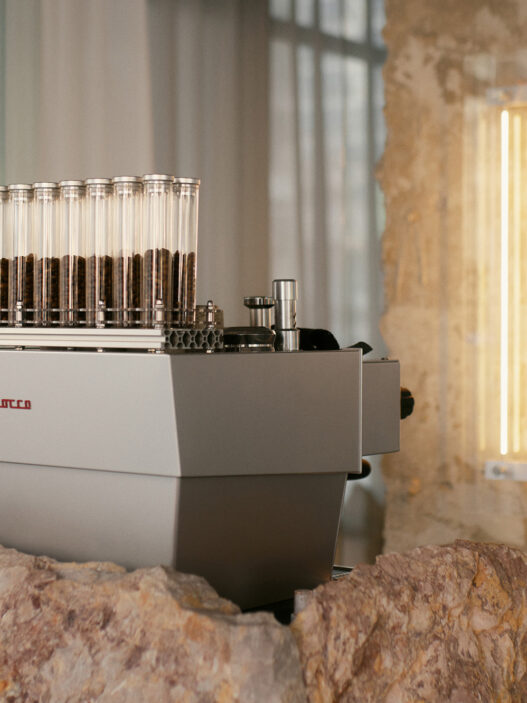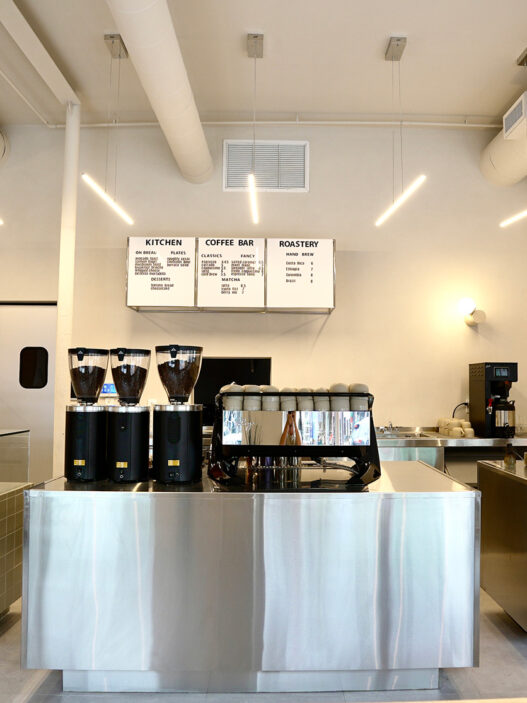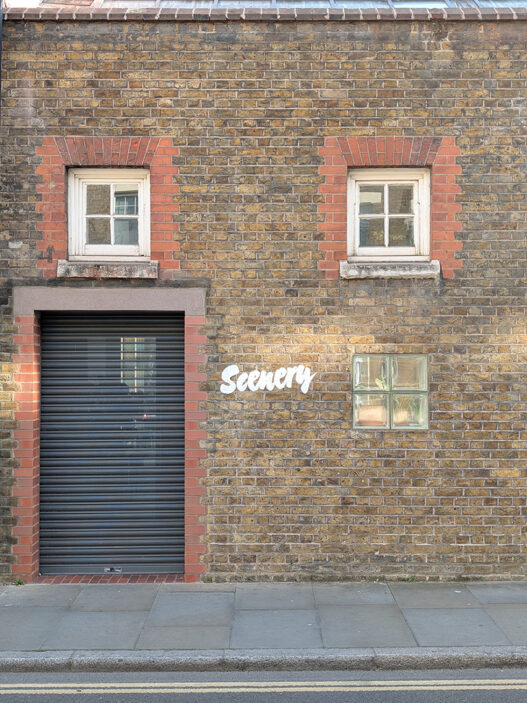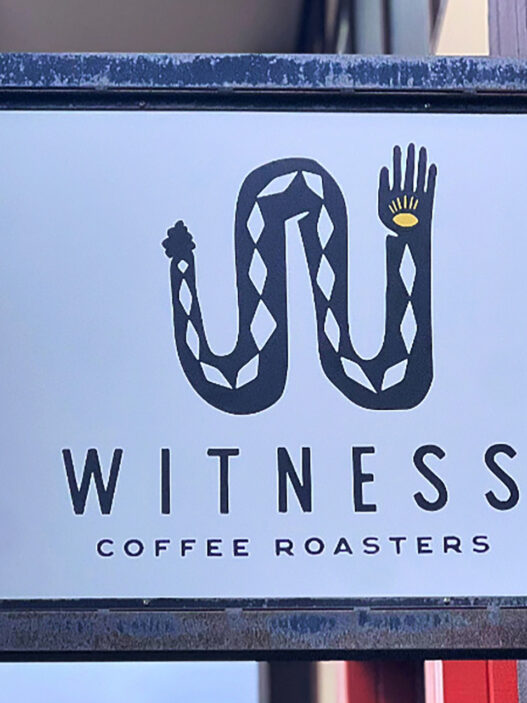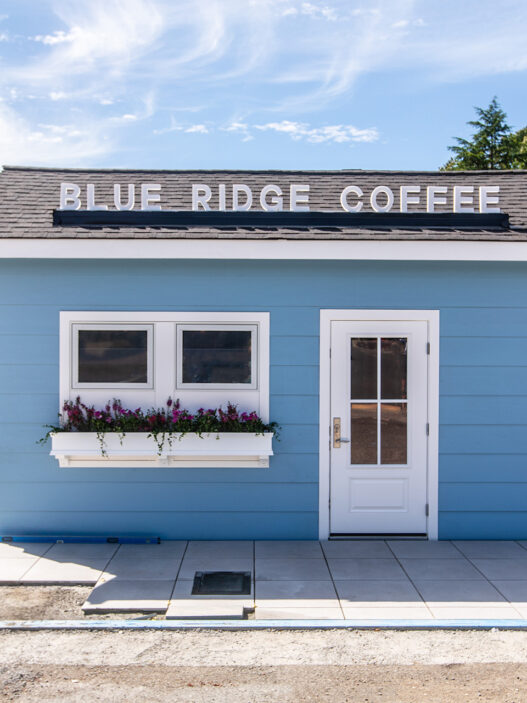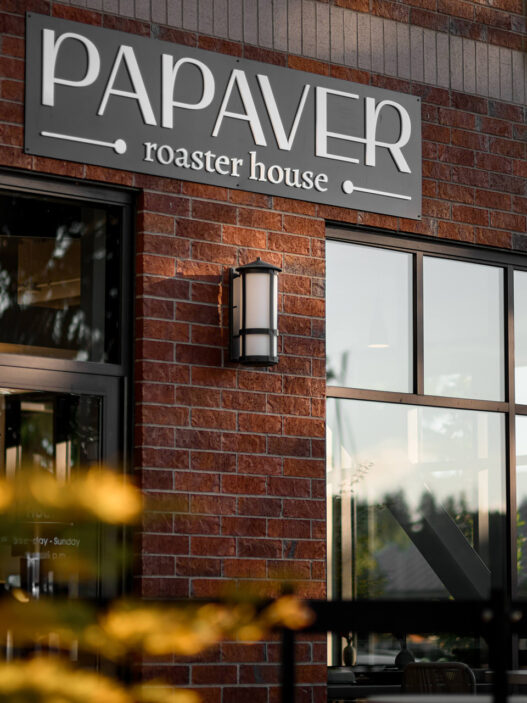With its UNESCO Heritage historic core and a coffee house culture going 350 years strong, there may be no more picturesque and culturally resonant places in the world to open up your very own cafe. That’s exactly what they’re doing at Small Batch, a brand new coffee bar in Vienna’s 2nd District, bordered by the Danube and the Donaukanal. This lovely cafe is now open in Vienna—let’s learn more!
As told to Sprudge by Nadine Unterweger.
The 2025 Build-Outs of Coffee is sponsored by Pacific Barista Series, La Marzocco, Ceado, and Dona.
For those who aren’t familiar, will you tell us about your company?
Together with my partner (Clemens), I’m opening a small specialty coffee shop in Vienna’s 2nd district.
Our dream is to create a space for the local community—and for anyone curious about coffee—where people can connect, learn, and become more mindful about what’s in their cup. Coffee is something many of us consume every day, yet we rarely stop to appreciate the complexity of the process and the people behind it.
Since the day we met, we’ve been dreaming and planning to open a place of our own. On this journey, we’ve been lucky enough to visit coffee origin countries—and today, we source green coffee directly from some of the producers we met. We roast it ourselves in small batches, with care and respect for the work that goes into each bean.
We’re incredibly happy with the location we found. It’s in a neighborhood where we’ve already built connections and where many locals know us as their baristas. It feels like a natural continuation of what we’ve started. Of course, opening a cafe comes with its bumps in the road—like needing to make some bigger adjustments to the space to meet licensing requirements—but we’re ready for it.
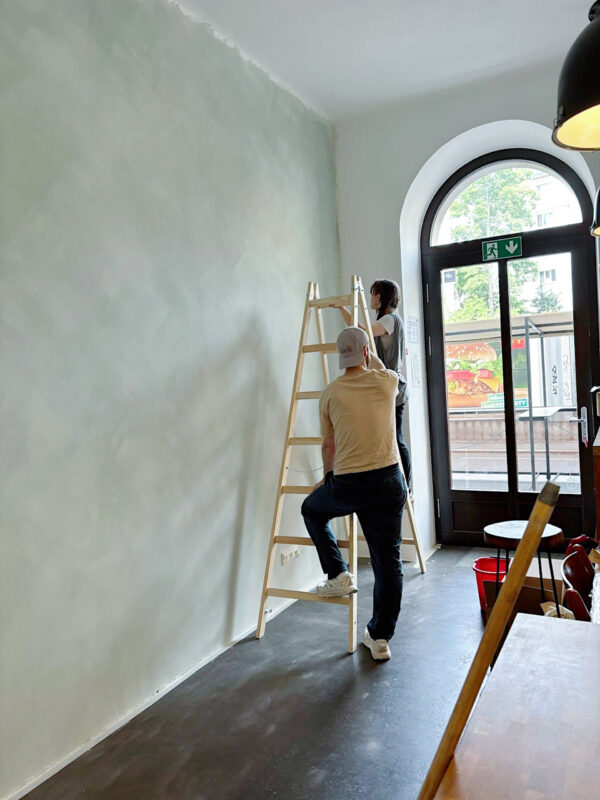
Can you tell us a bit about the new space?
Finding a location like this is a grateful experience. We feel connected to the area not just because the size and location meet our needs, but also because of the atmosphere the building itself exudes.
The space is 35 square meters in total (including storage, toilet, and main area), with an additional 8.5 square meters of outdoor seating/standing. It features one large window and one large door, both facing the street, and beautifully arched windows that are quite tall—almost reaching the ceiling, which is about 3.2 meters high.
Before we signed the lease, the space was home to a small Italian delicatessen with limited opening hours. It will be exciting to see whether we can build a stronger connection with people in the neighborhood throughout the whole week.
Since we paid a substantial takeover fee, we’re doing a lot of DIY projects using the existing furniture to create a convenient and process-optimized workspace for ourselves.
Because the previous business was a small deli primarily offering drinks and snacks for standing guests in the outdoor area, we’ve just discovered there might be issues with the toilet and the ventilation system.
The latter is only a suspicion for now, but it’s better to be prepared, right?
As for the toilet: there’s only one, and once you have eight indoor seats, regulations may require two (one for each gender). This rule feels quite outdated, but it’s still part of the legal requirements, so we’ll have to see if we can obtain an exception.
What’s your approach to coffee?
Our approach to coffee is: credit where credit is due. We aim to share knowledge about this massively consumed product—one that, generally speaking, most people living in Austria have some connection to, yet often lack any real connection to its origin.
We don’t want to point fingers, because both of us used to be people who didn’t have the knowledge or the connection we have today. Instead, we want to meet our customers where they are, through personal conversations—and from there, introduce them to more mindful coffee consumption through our variety of roast profiles and brewing methods.

Any machines, coffees, special equipment lined up?
Equipment: We’ll be working with a La Marzocco Linea Classic two-group (400V), paired with a Victoria Arduino Mythos One and a Puqpress for consistent espresso preparation. For filter and alternative brews, we’re using a Varia VS3 (with the Titanium Supernova Burrs) and a Mahlkönig EK43 for versatility and precision.
We also have two Fellow Stagg kettles, a Moccamaster KBG Select, and a beautiful KitchenAid mixer in the same color as the Moccamaster—because aesthetics matter too.
Coffees: All coffees we serve are specialty grade, either directly imported or sourced through trusted importers. Most of the coffees we work with come from producers we’ve built personal relationships with—some of whom we’ve even had the privilege to visit.
Our goal is to offer something for everyone, whether someone prefers the comfort of classic, darker espresso profiles or enjoys punchy, fruity, fermentation-driven light roasts.
Our house espresso leans toward a relatively dark roast (not into second crack), offering depth and balance while still showcasing flavor complexity.
Starting lineup:
- El Salvador
- Colombia
- Panama
- Costa Rica
Besides Colombia, we’ve been fortunate to visit all of these origins and build personal relationships with the people behind the coffee.
We’re truly grateful for these connections and aim to reflect that spirit of community, cooperation, and respect in every cup we serve.
How is your project considering sustainability?
Sustainability is a core value in our project—socially, environmentally, and economically.
On the green coffee side, we focus on direct trade whenever possible, working closely with producers we know personally or through trusted importers who are transparent about pricing and practices. This ensures that farmers are paid fairly and that long-term relationships can grow in a mutually respectful way.
In terms of operations, we’re setting up a low-waste, low-impact workflow. That includes:
- Using reusable, recyclable, or compostable materials wherever possible
- Minimizing food waste with a lean, seasonal menu and careful planning
- Repurposing existing furniture and equipment through DIY solutions rather than buying new
- Choosing a small space, which is ideal not only because we’ll be working there as a team of two without any employees, but also because it helps reduce energy consumption and our overall footprint
On a community level, we want to create a space that encourages conscious consumption—by sharing knowledge about coffee origins, brewing methods, and the value of slowing down for a quality cup. We’re not just offering caffeine; we’re creating a moment of awareness.
What’s your hopeful target opening date/month?
We got the keys to our cafe on the 1st of May and have been there every single day since—cleaning, crafting, and preparing the space with our own hands.
Originally, the plan was to sign the lease in June, so everything has moved a bit faster than expected. Because we really want to stay present in this phase, live the process, and create a place that truly feels like us, we decided to mentally shift our opening date—from today (May 20th) to the end of May.
It gives us a little more space to breathe and make sure we’re opening with intention, not just by deadline.
Are you working with craftspeople, architects, and/or creatives that you’d like to mention?
We’re working together not only as a team of two, but also as a small community made up of family and friends. We feel incredibly lucky to be surrounded by talented people from different fields who are helping us bring our vision to life in meaningful ways.
Some creative collaborations are still in the works and will unfold over time, so we’d love to highlight them once we’ve had those conversations and moved into the actual implementation. It’s important to us to acknowledge contributions when they happen, and to do so with intention and clarity.
Thank you!
No, thank you! Loved sitting down in our little café construction site to answer these questions—it really helped slow down time and brought clarity to our vision.
The 2025 Build-Outs of Coffee is sponsored by Pacific Barista Series, La Marzocco, Ceado, and Dona.


